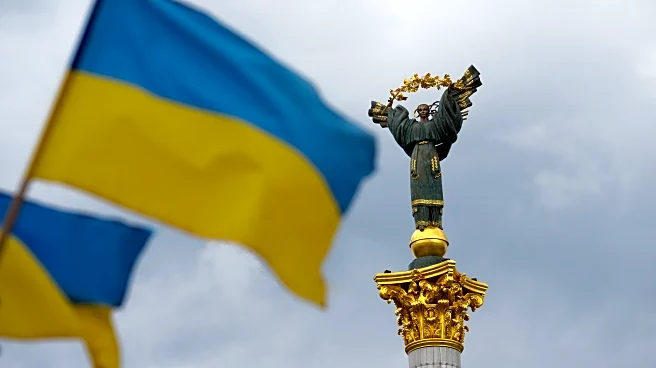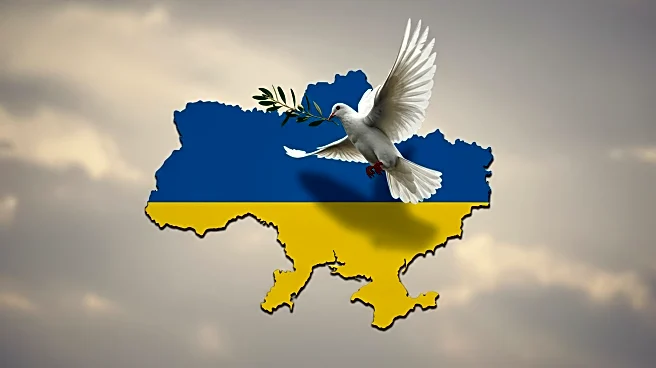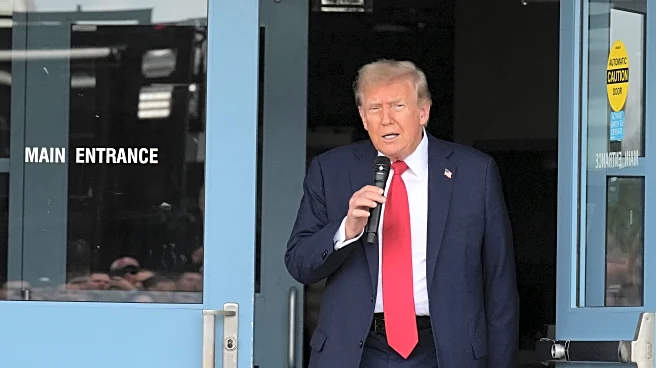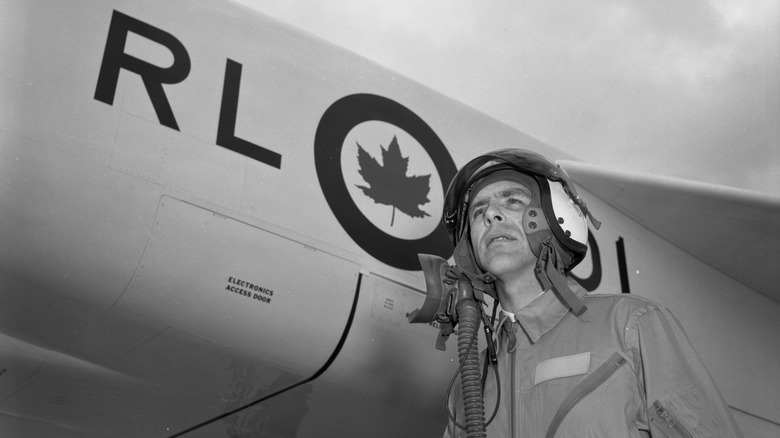
One of the most important defense deals of the past few decades may be decaying, as Canada's multi-billion-dollar purchase of 88 F-35s continues to be plagued with ever-rising costs, an inhospitable infrastructure deficit, and pilot shortages amidst an increasingly fraught political relationship with the United States. First struck in 2022, for a whopping $19 billion, the cost of the world's most advanced jet has steadily climbed by roughly 45%, reaching an astounding $27.7 billion in June 2025.
Heated debates over trade tariffs between U.S. President Donald Trump and Canadian Prime Minister Mark Carney have only further decayed Canada's faith in the purchase, culminating with Carney directing Canada's defense minister, Bill Blair, to reconsider the purchase.
Intended to replace Canada's aging fleet of CF-18 Hornets, the failures of Canada's F-35 procurement have caused many observers to ask why the northern country doesn't produce its own fighter jets. With a skilled labor force, a strong manufacturing base, and access to natural resources, Canada has all the prerequisites for a strong aerospace industry. The answer harkens back to the 1950s, when Canada's rising aerospace industry was abruptly dismantled in favor of cheaper American alternatives better equipped to counter the growing nuclear threat. The legacy of this decision continues to hamper Canada's military preparedness efforts sixty years later, as the country continues to reckon with the expensive proposition of building a domestic aerospace manufacturing industry from the ashes of its past.
Read more: 10 Largest Air Forces In The World, Ranked By Military Aircraft Numbers
The Rise And Fall Of The Avro Arrow
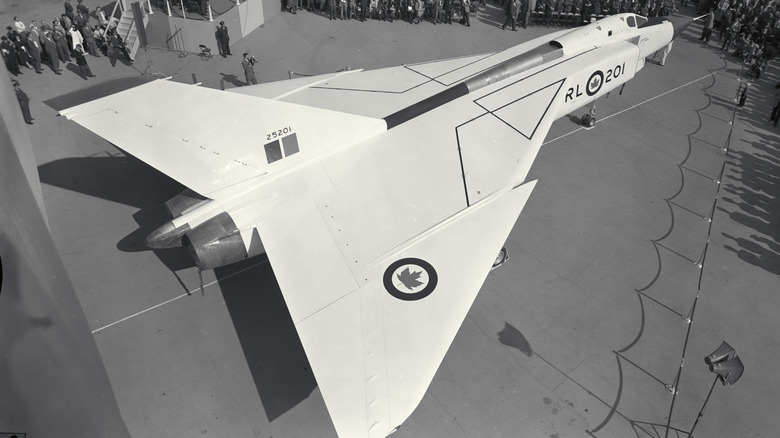
With the world's third-largest navy and fourth-largest air force, Canada was a growing economic and military power in the wake of World War II. Seeking to protect itself against a burgeoning nuclear threat, the country called for a fleet of supersonic interceptor jets in 1952. Three years later, the Royal Canadian Air Force placed its deterrence dreams on the shoulders of Avro Canada, the country's then-largest aerospace company and the designers of Canada's first domestic military aircraft, the CF-100 Canuck. Just two years after development began, Avro delivered a state-of-the-art interceptor fighter, dubbed the CF-105 Arrow.
Fully manufactured in Canada, the two-seater could reach Mach II speeds, a 53,000-foot service ceiling, and a 300-mile combat radius, making it one of the most advanced fighter jets of the early Cold War. Unfortunately, the production of the Avro suffered from incredibly poor timing. Debuting on October 4, 1957, the same day Russia launched its Sputnik 1 satellite, the emergence of intercontinental nuclear missile systems caused Canadian military leaders and politicians to make a catastrophic error. Believing that the rise of nuclear missiles had fundamentally changed the nature of warfare and rendered the Arrow obsolete, Prime Minister John Diefenbaker canceled the Canadian government's 31 orders of the supersonic jet on March 25, 1958, citing the program's exorbitant costs.
Instead, Canada would purchase the American-made CIM-10 B Bomarc missiles, the first long-range nuclear-capable ground-to-air anti-aircraft missiles in history and build two bases for their deployment. Fears of potential Soviet espionage efforts caused the government to not only scrap the jet but also its assembly lines, essentially ending Avro's run as a growing power in the field.
A 65 Year Legacy
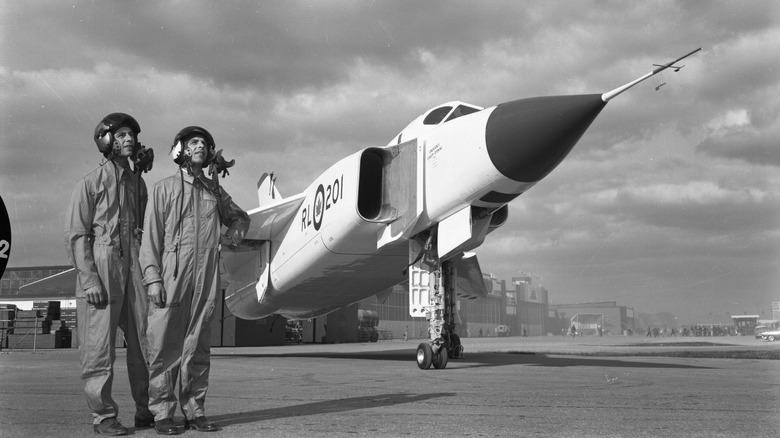
The repercussions of cancelling the Arrow Project in 1959 would reverberate throughout the 65 years since, serving as a death knell for one of Canada's largest companies and effectively ending its growing air-defense industry. At the time, Avro was the third-largest company in Canada. Following the cancellation, Avro's workforce shrank, with roughly 25,000 people losing their jobs between the company and its 650 subcontractors. This would have irrevocable effects on Canada's aerospace sector, with many of its top engineers joining NASA and Avro shuttering its doors three years later.
And while the company's 692 CF-100 Canucks would have a historic thirty-year run in the RCAF's arsenal, flying in the Korean War and even becoming part of Belgium's NATO forces, it remains the only Canada-developed fighter jet to enter service. As it stands, the consensus is that a Canadian-made fighter is cost-prohibitive and too logistically difficult. And while some believe that an injection of will and finances can change things, the short term sees the Royal Air Force looking outside the land of maple to complete its Future Fighter Capability Project, its largest in three decades.
With the F-35 program experiencing delays and rising costs, a call for non-American jet alternatives is steadily gaining steam, as the country looks to complete its purchase of 88 fighter jets. After Portugal's purchase of Lockheed Martin's F-35, Canadian officials called for outside companies to compete for its $19B contract -- Sweden's Saab Gripen has garnered the most attention. Of course, any change comes with the fact that Canada has already paid for the first 16 F-35s, meaning any alternative manufacturer would force the country to fly its first mixed fleet since the 1980s.
Want the latest in tech and auto trends? Subscribe to our free newsletter for the latest headlines, expert guides, and how-to tips, one email at a time.
Read the original article on SlashGear.


